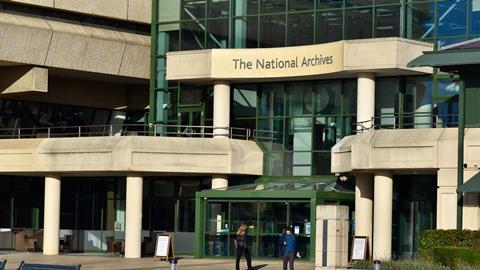Significant parts of the courts service are still not releasing judgments to the National Archives, the first independent study of the agency's new Find Case Law service suggests today. The study, by the Incorporated Council of Law Reporting, found that over a three-month period last year, more than a quarter of listed cases had no judgment posted at all.
In the digital age, 'anything less than automatic and free publication of all judgments could potentially now be viewed as a derogation from open justice', authors Paul Magrath and Greg Beresford comment.
Find Case Law, the first government-run free archive of court judgments, went live in an 'alpha' phase in April last year. The ICLR study covered its first three full months of operation. It found that, while the rate at which judgments listed in the daily cause list were published varied widely from court to court, on average about 62% were published on the date of judgment.
Over that period, the appeal courts were the most efficient at getting judgments published – with the Court of Appeal, Civil Division, sending more than 95% each month, and the Criminal Division 88%. Next most efficient were sub-divisions of the Queen’s Bench Division, such as the Technology and Construction Court with 84%, and the London Administrative Court with 82%.
Some courts managed higher rates simply by virtue of having very few cases: of the eight cases listed for judgment in the Patents Court, 100% were published, along with another 10 unlisted cases. Prompt publication of a single case listed in the Admiralty Court also achieved the 100% score.
The least productive was the Property, Trusts and Probate list, with an average rate of around 46%, and cases in the Family Division and Court of Protection with around 55% of listed cases being published. 'While there might be good reasons for non-publication of cases involving confidential matters affecting children and vulnerable parties, particularly since most of them would have been heard in private, the lack of publication in other courts raises questions about transparency and open justice,' the authors observe.
Nothing at all was published from the Central London County Court. 'The fact that its judgments are listed in the Daily Cause List suggests they must be substantial enough to reserve and deliver in writing,' the authors state. 'While technically there may not be any legal precedents to report, there is still a transparency gap there waiting to be filled.'
Another concern, according to the report, is the fate of extempore judgments that are neither listed nor published. 'We currently have no way of determining how many such missing judgments there might be.'
National Archives declined to comment on the ICLR study.




























5 Readers' comments